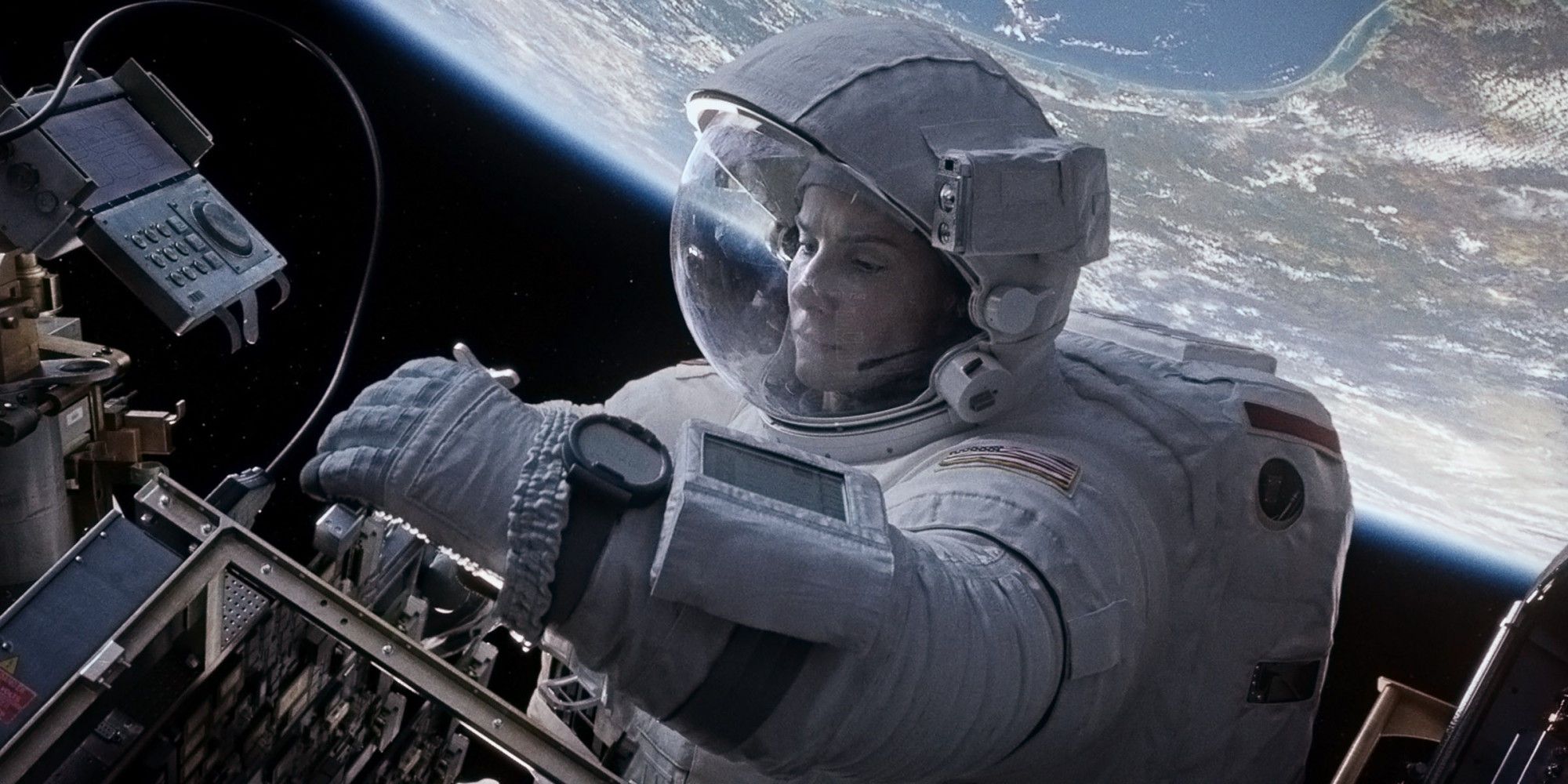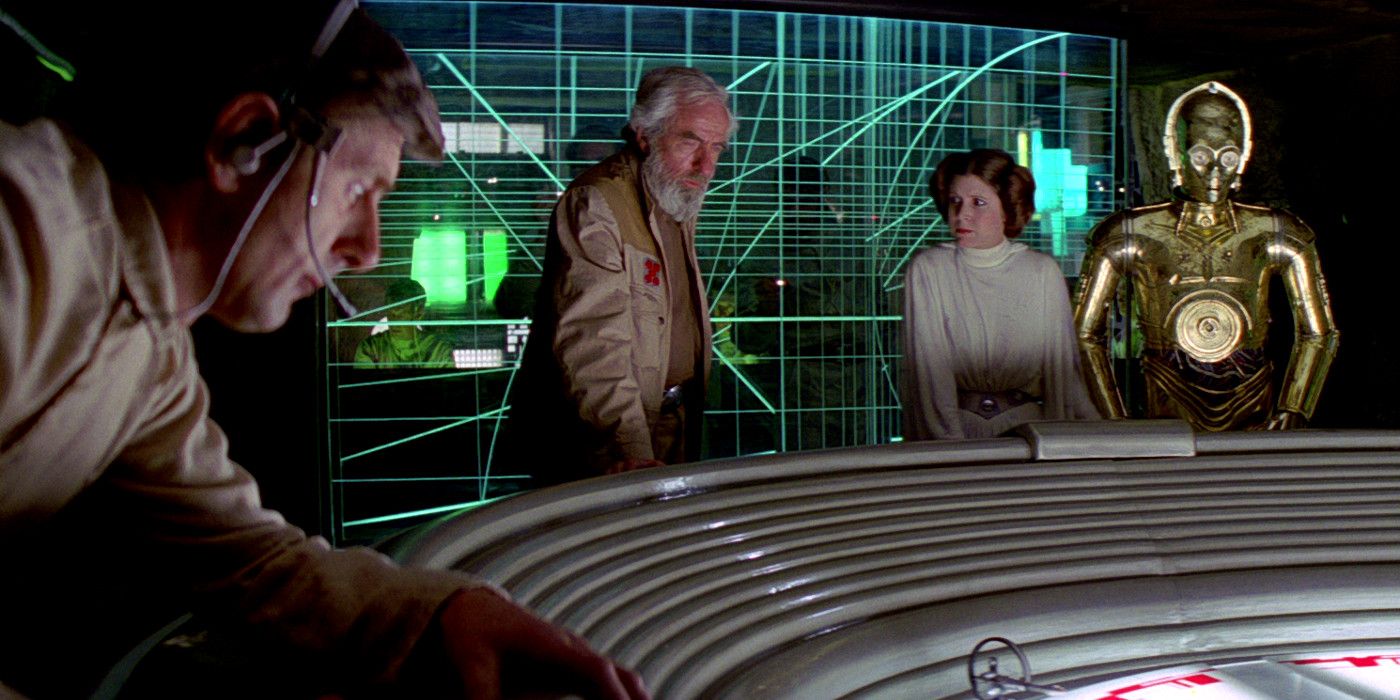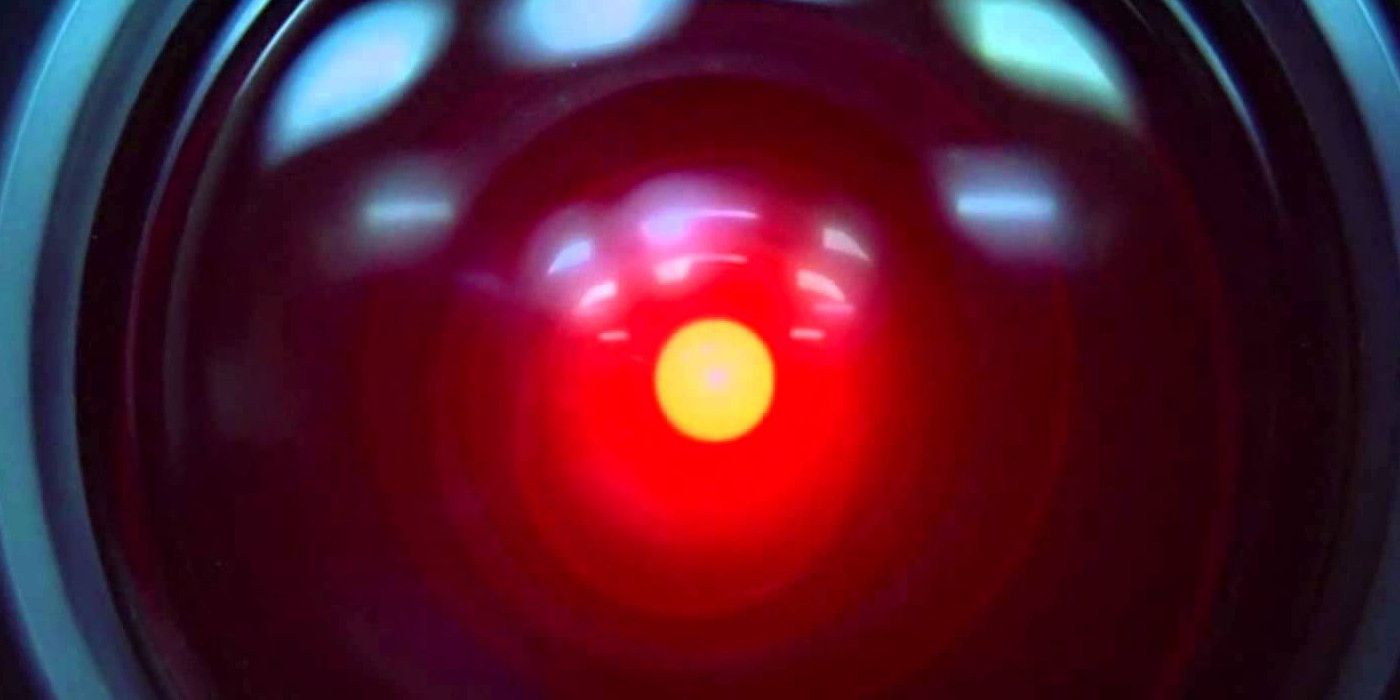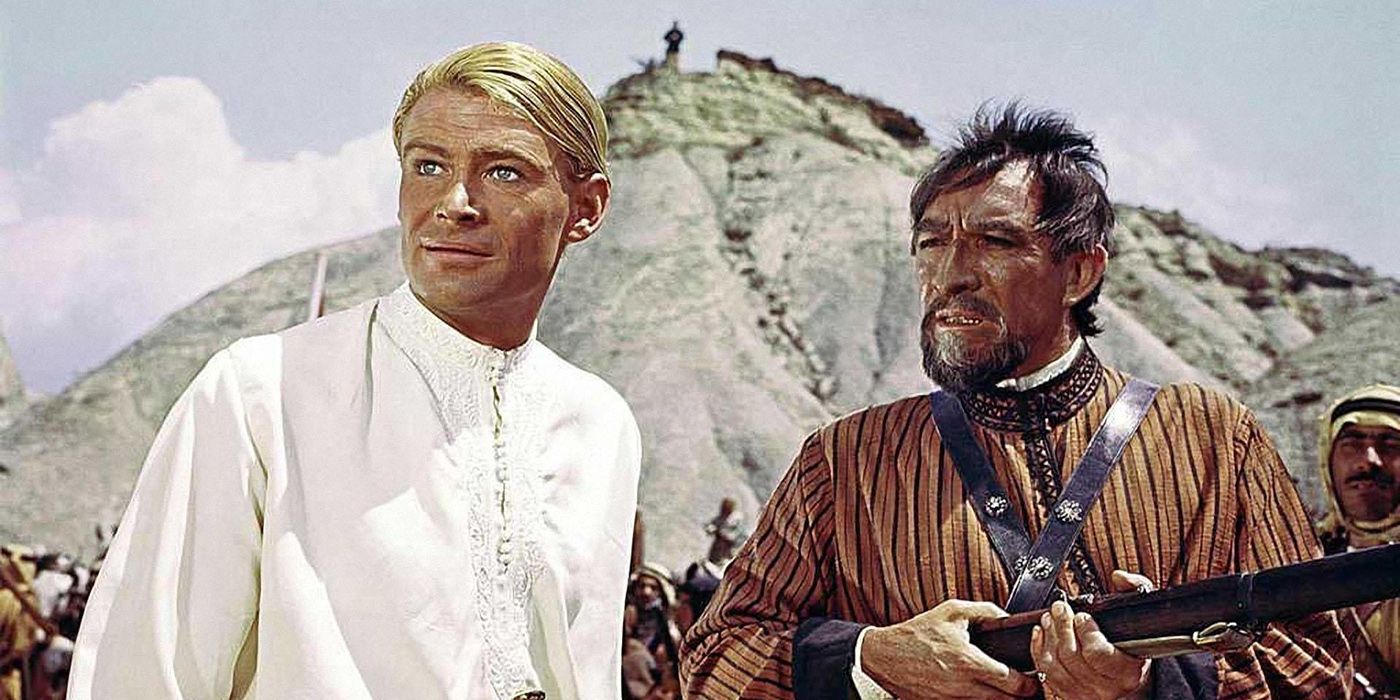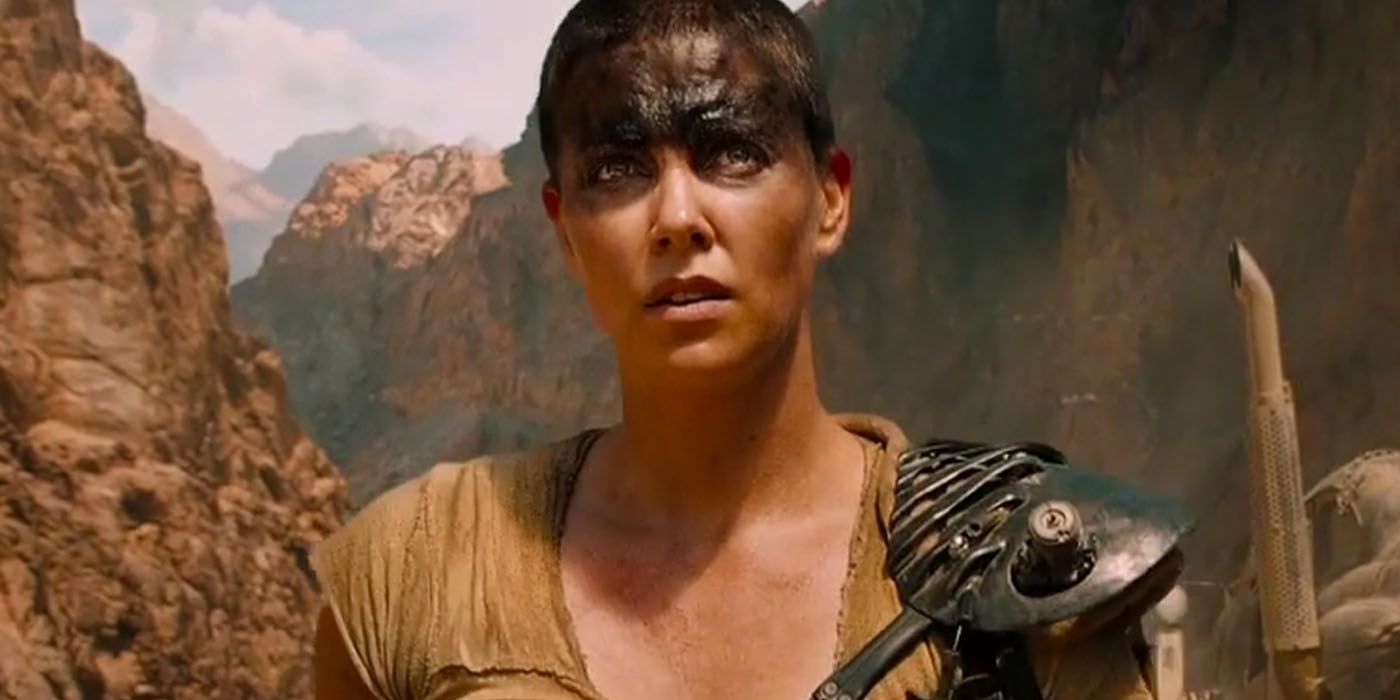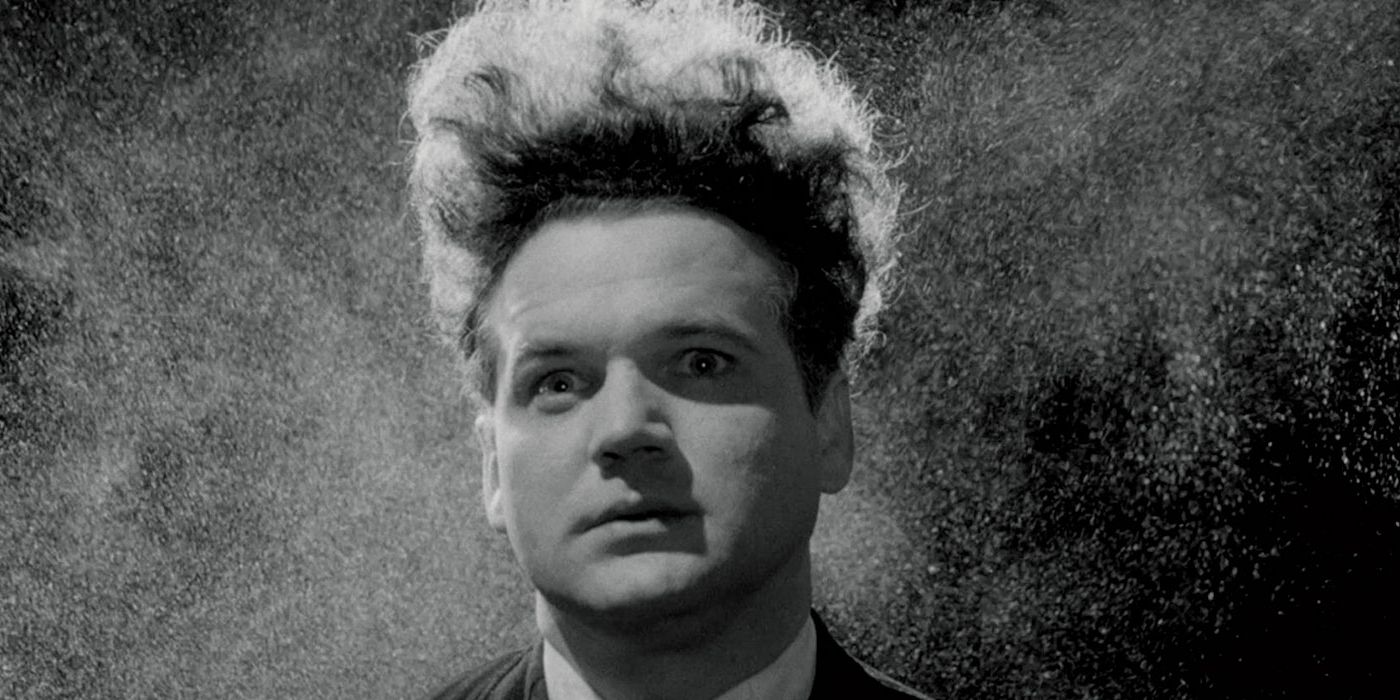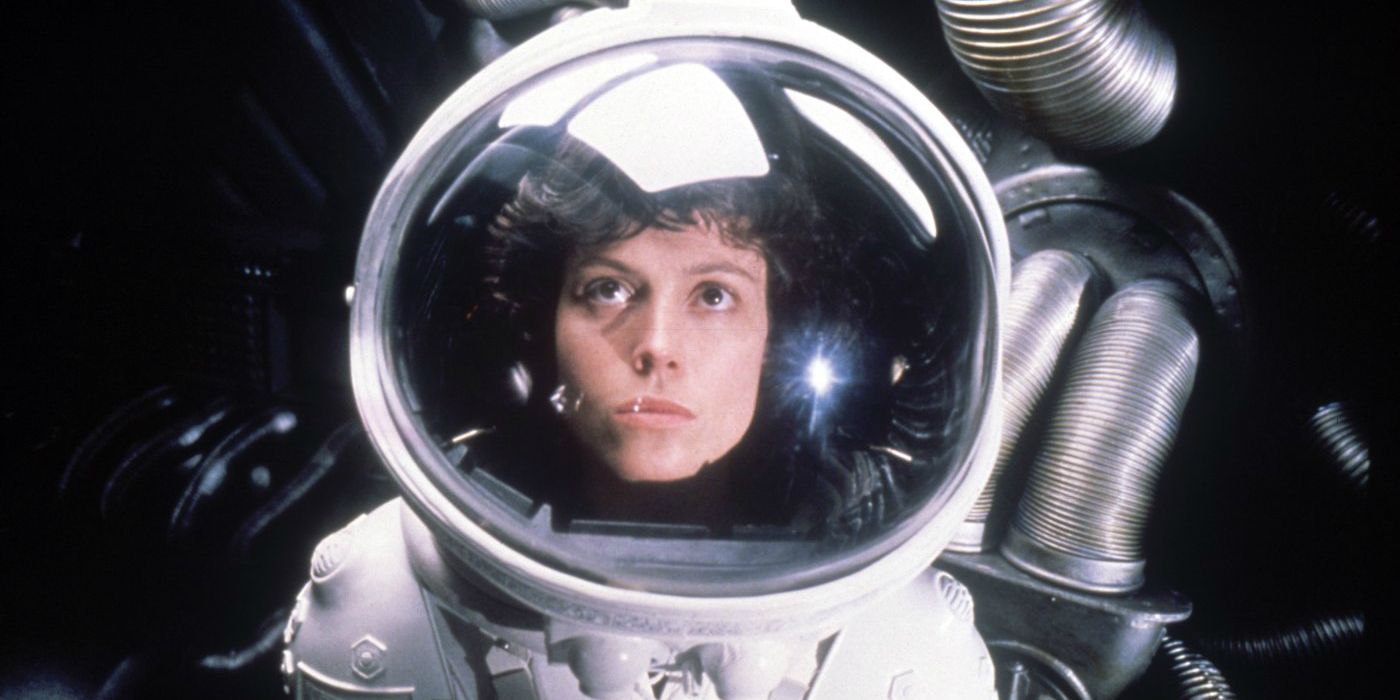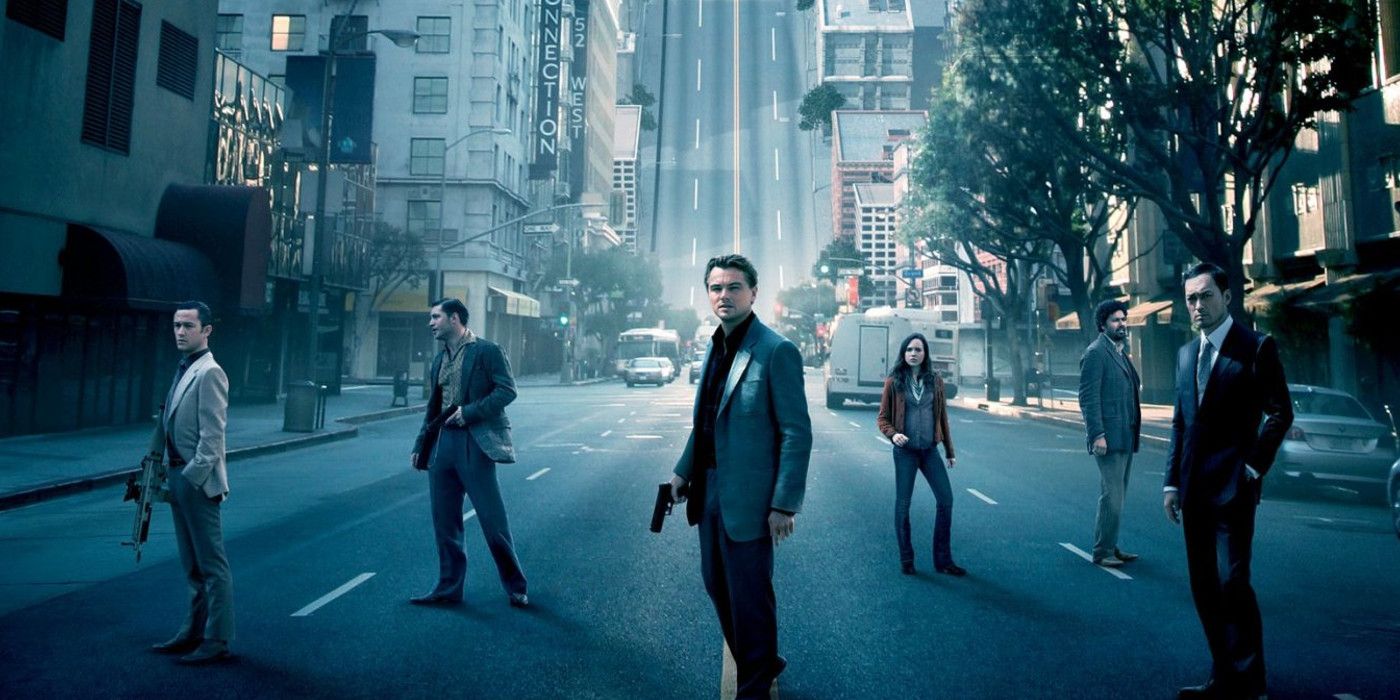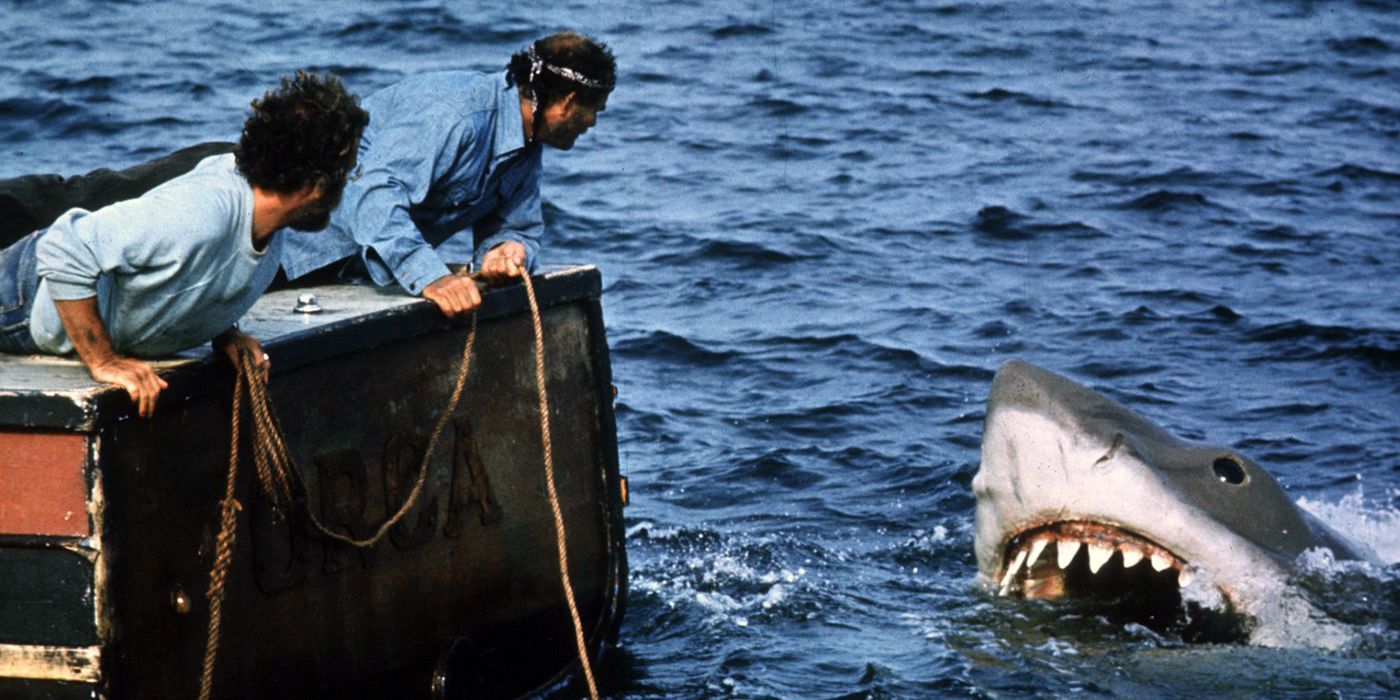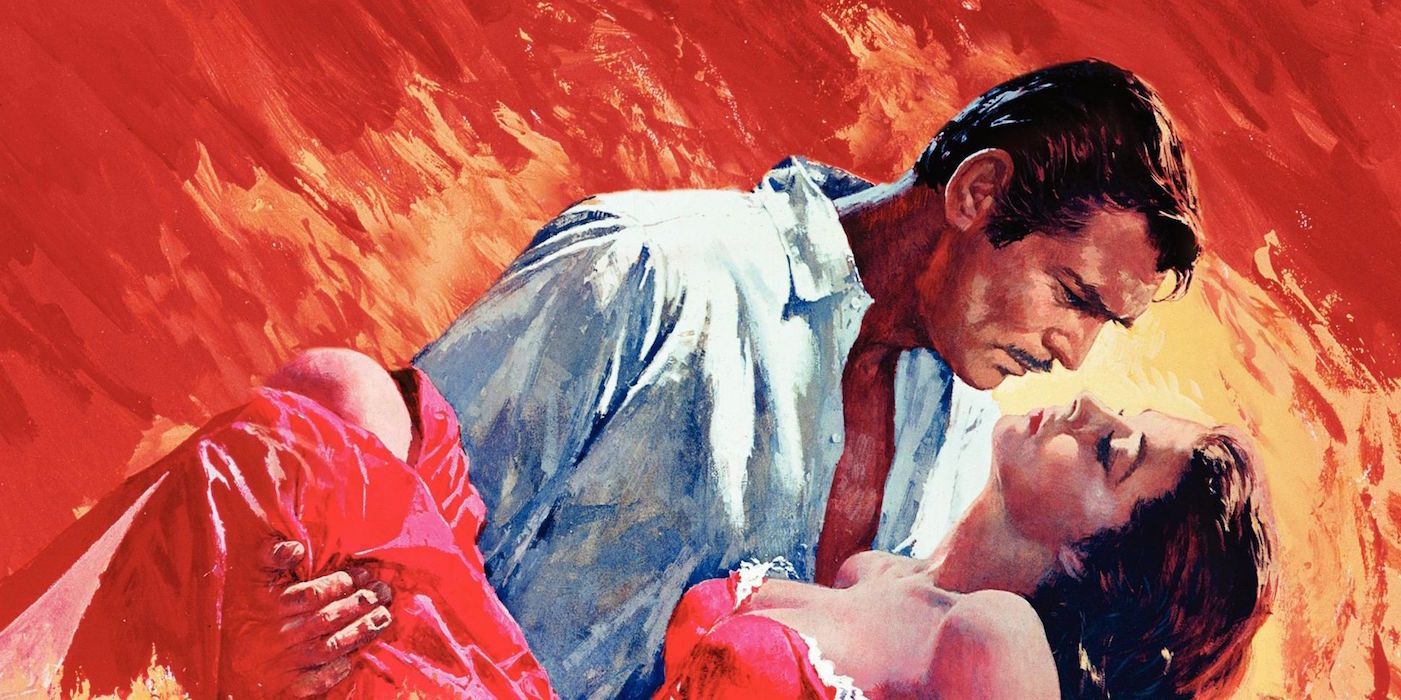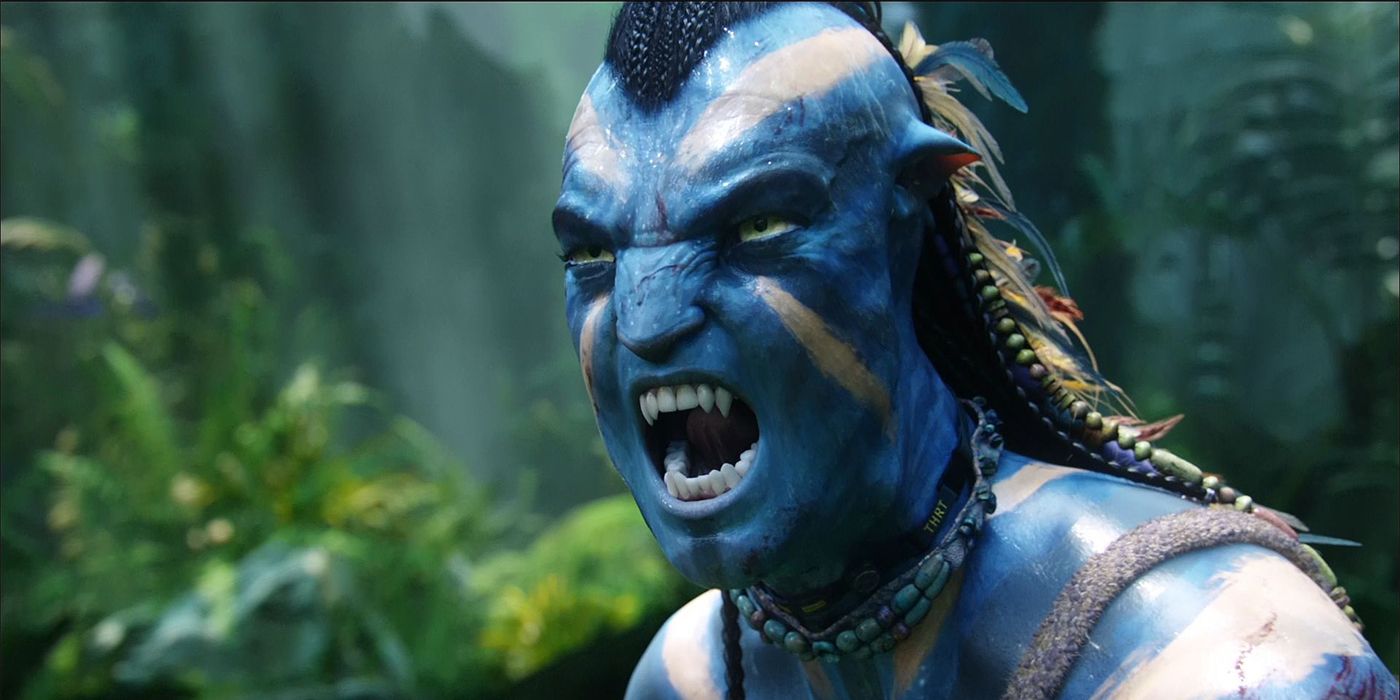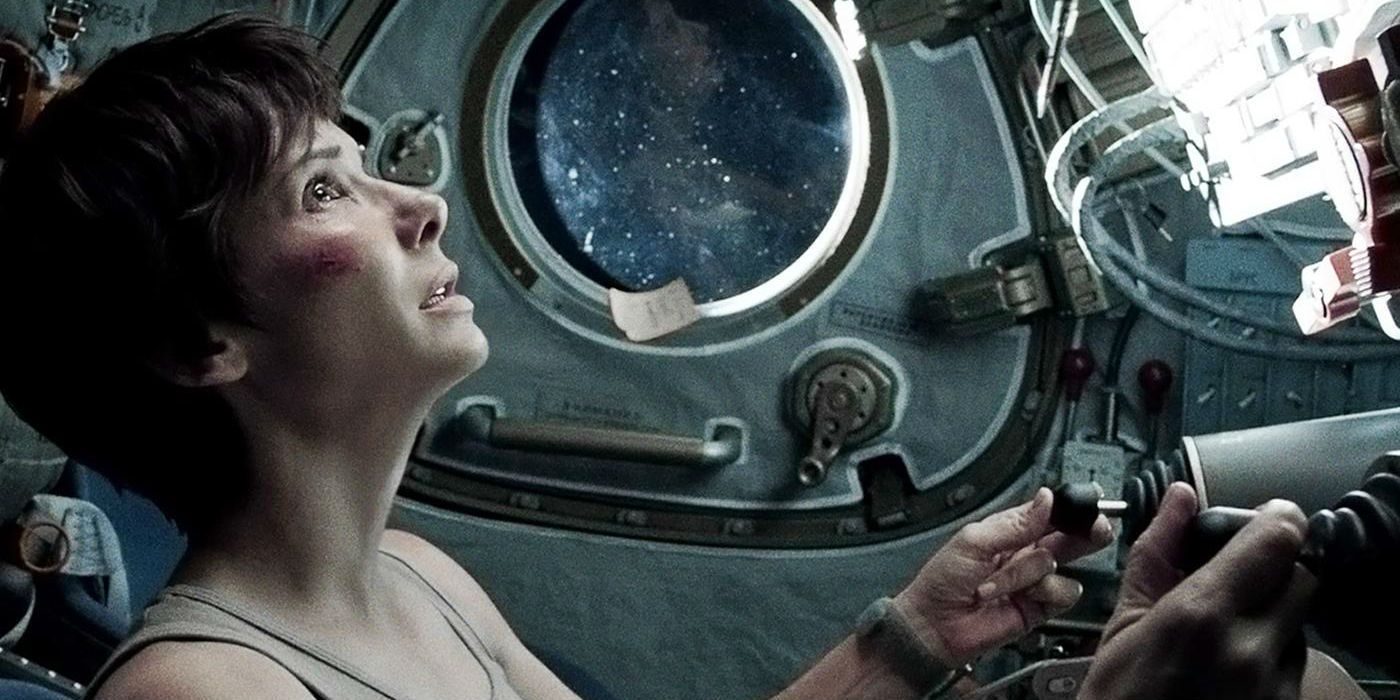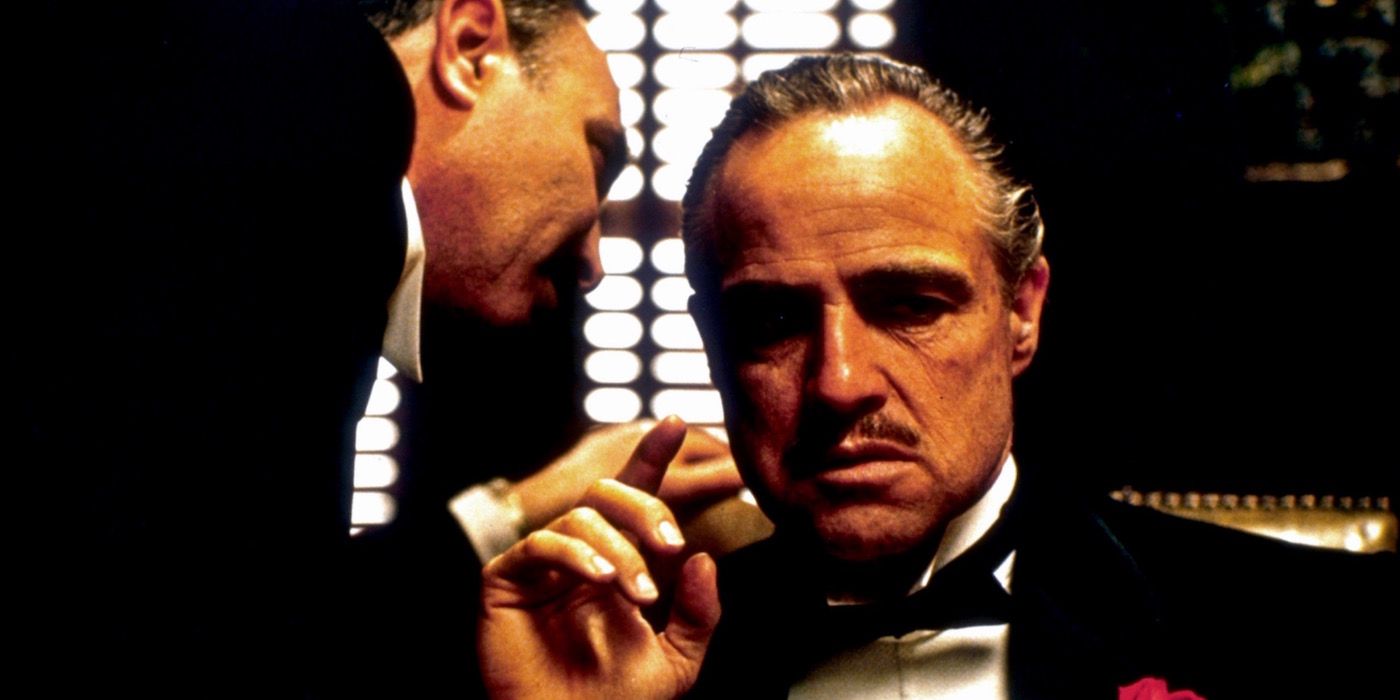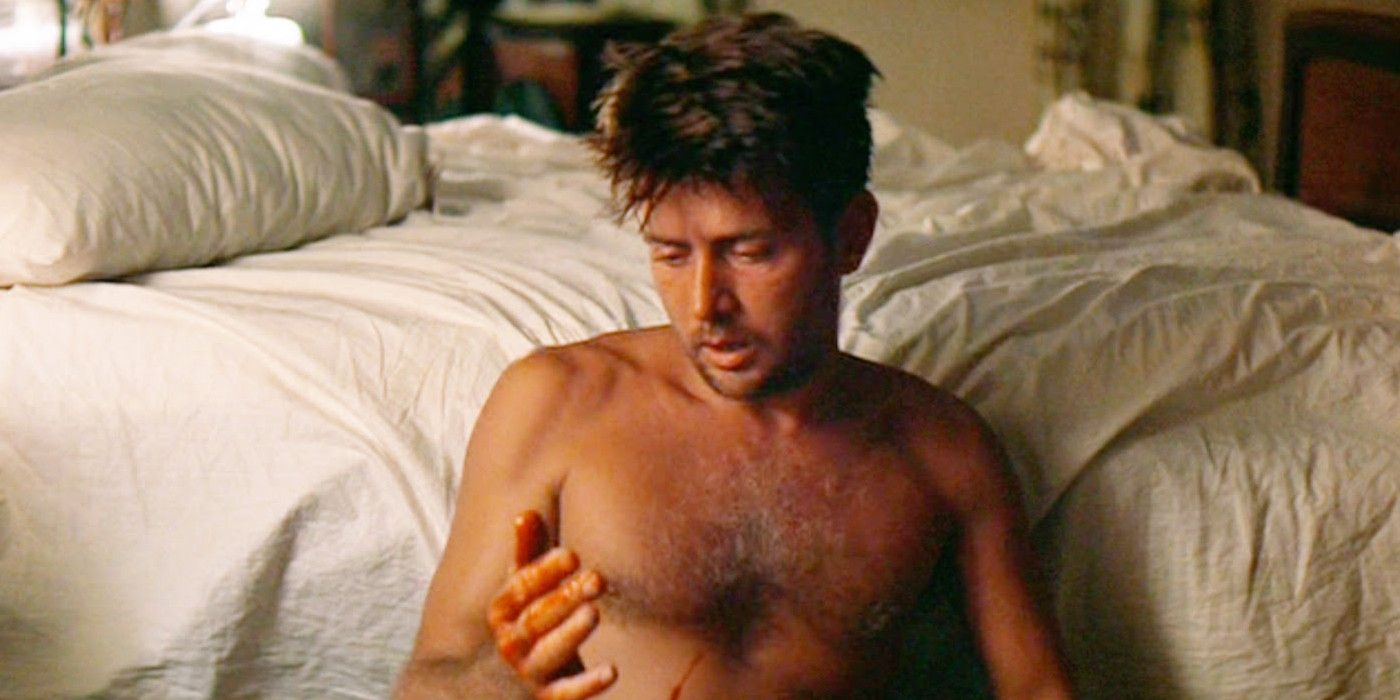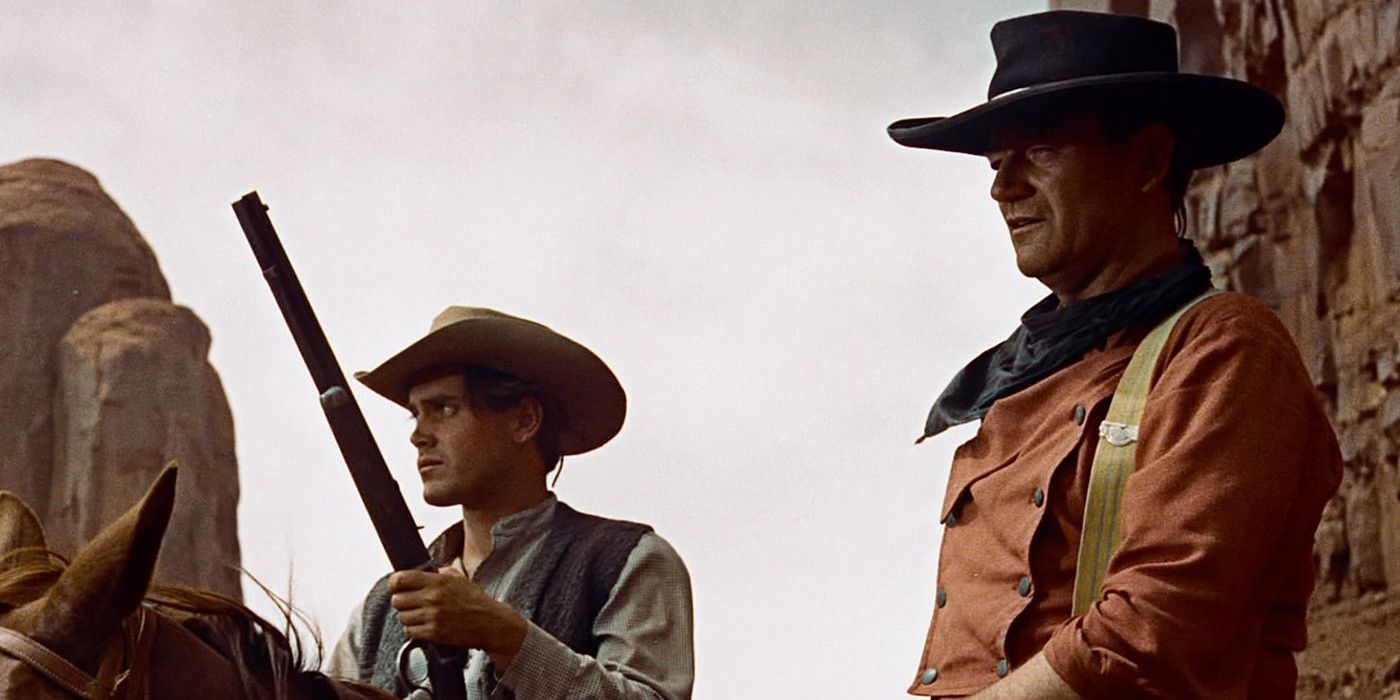As we've examined in the past, attendance at movie theaters has dropped in 2016. People simply don’t like going to see movies in a theatre anymore, barring any major epic that demands screening on a big screen, possibly in IMAX with 3-D glasses to boot. The rise of on demand and home media coupled with the dubious quality of some of Hollywood’s recent releases keep people staying home to avoid paying the ever-increasing prices of a movie ticket.
Still, even if the number of movie attendees has diminished, movie lovers continue to devour the medium. The high ticket prices and lack of re-releases prevent cinephiles from seeing some of the great films as their makers intended—on a big screen! Just as nothing can ever really replace live theatre, no amount of high-def TVs and streaming titles can ever replace seeing a movie in a cinema. For that matter, certain movies can only achieve their full impact when viewed on a big screen. Here are 15 Great Movies Need To Be Seen On The Big Screen.
15. Star Wars
Star Wars is a kind of film like no other—one that plays on the innocence of childhood, dreams of the future, Jungian archetypes and the love of friendship. Rarely, if ever, has a film so teemed with joy and fun in every single frame. That joy comes through on home media too—how else to explain the enduring phenomenon of Jedi Knights and droids? Yet no home screen can do justice to the film that helped invent the blockbuster, that added characters like Darth Vader to the zeitgeist or words like lightsaber to the vernacular. Star Wars belongs on the big screen.
Just try it: see A New Hope, in a theatre full of fans. As the Millennium Falcon blasts into hyperspace, you'll find yourself screaming like a maniac. Even if you've seen the film - and that scene - a hundred time before, you'll be seeing it for the first time in a very real way - on the big screen, where it belongs.
14. 2001: A Space Odyssey
Stanley Kubrick invented the modern science fiction film with his elephantine production of 2001: A Space Odyssey. Featuring ground breaking special effects (which won Kubrick his only Oscar) along with the director’s trademark meticulous and sterile shot composition, 2001 raised the bar on thoughtful sci-fi, and on the notion of the space epic.
Kubrick filmed the movie in the format of Cinerama, which involved projecting the movie on three projectors to form an ultra-sized image. He also filmed on 70mm film, creating images of incredible detail and scope. Long before IMAX became fodder for Hollywood blockbusters, IMAX screens would show 2001, as one of the few films that tinseltown had ever produced that could live up to the format.
Audiences that regard 2001 as a boring, stiff and dull affair have not seen it on the big screen. In a theatre, the film bubbles with life and depth. Audiences can suddenly read technical readouts that appear almost invisible on a TV screen. Kubrick’s shot compositions take on an eerie, symbolic meaning, and the shots of the Discovery flying through space still takes an audience’s breath away.
13. Lawrence of Arabia
Director David Lean built a career on well-produced, magnificent big-screen epics, ranging from war films like Bridge on the River Kwai to melodramas like Dr. Zhivago. Without question, in a career of monumental films, Lean’s greatest achievement came in 1962 when he directed Lawrence of Arabia.
The production took more than a year to film, and featured a host of treasured actors including Alec Guinness, Omar Sharif, Claude Rains and, in his cinematic debut, Peter O’Toole. On paper, Lawrence of Arabia reads like a madman’s fevered dream: a 3-hour epic about the unification of various Arabian tribes by an Englishman - with no love story. Indeed, not one woman even has a speaking role in the film. Lean crafts this unusual material, however, into one of the most jaw dropping acts of cinematic resolve in history. Filmed in 70mm, Lean captured some of the most astonishing images ever put to film: Lawrence pacing over the horizon in a sea of sand dunes. Scouts peering over rocky desert cliffs to find a Bedouin camp. A raid on camel and horseback featuring hundreds of extras.
David Lean made movies that would take full advantage of the technical and aesthetic elements of a cinema. Lawrence of Arabia exemplifies that principle—to understand the epic glory of the movie, viewers should only see it in a theatre. Viewing it anywhere else should constitute a crime!
12. Mad Max: Fury Road
The most glorious film of 2015, Mad Max: Fury Road found septuagenarian director George Miller at the height of his power. The fourth film in the cult Mad Max series, the movie not only represents the pinnacle of the franchise, but a new high for all action movies. Miller pulls off, in essence, a wall-to-wall action sequence that runs the entire runtime of the movie, while somehow still managing to give his story and characters depth.
Miller filmed Fury Road in high-definition digital photography which allowed him to add 3-D effects in post-production. In any format though, Fury Road embodies the reasons why anyone would sit through a movie in the first place—most specifically in a theatre. The incredible desert and mountain vistas—Miller shot on location in Namibia—sandstorms and eye popping production design immerse the viewer in a surreal and often hilarious universe. Miller too knows how to deliver moments of remarkable subtlety. Observe the way he holds on the weary face of Tom Hardy, or the piercing blue eyes of Charlize Theron. These sort of character shots rely entirely on the charisma of the actors, and an audience could only appreciate the power of them on a big screen. In cinematic terms, Mad Max: Fury Road is an almost holy object. Therefore, viewers should treat it with sanctity, viewing it in the church of a cinema.
11. Eraserhead
David Lynch arrived as dynamic and unique filmmaker with his surreal nightmare Eraserhead. Lynch beholds himself to the mystique of cinema, and Eraserhead plays on every technical and theatrical element that a movie house can utilize. Filmed in high-contrast black & white, the movie makes full use of light, shadow and the mystery of it all. Lynch spent a year editing the 89 minute film to place special emphasis on sound as well: Eraserhead features one of the most layered and unique soundtracks ever produced, utilizing white noise as a means to put the audience subliminally on edge.
Eraserhead helped create the milieu of the midnight movie—the kind of film best viewed in a theatrical setting under the mystery of night. The nighttime setting adds another layer of atmosphere to the movie. When seen at night—and, let’s be honest, often under the influence—midnight movies like Eraserhead flood the senses, captivating the audience on an almost spiritual level.
10. Alien
Ridley Scott raised the bar on science fiction and horror films with the 1979 screamer Alien, a film which introduced the action heroine of all time, Ellen Ripley. As played by Sigourney Weaver (in her film debut), Ripley stands tall amid death and destruction as a pillar of human endurance. For that reason alone, the film will always remain a seminal classic.
Beyond Weaver’s performance, however, Scott injects Alien with a stylish and visceral power only fully appreciated on the big screen. The film imagines an unusual cast of characters—sort of outer space truckers, crude workmen to contrast with the endless ranks of scientists that usually populate space movies. Scott also tapped two remarkable visual artists—Chris Foss and H.R. Giger—to design the film, resulting in one of the most aesthetically arresting movies ever.
The power of Alien comes in part from the stillness of a movie house. Like the other titles here, it’s an immersive experience. As images of Ripley and the sensuous alien beast alternate on the screen, the film takes the viewer on an exercise in terror with few equals. The movie deserves the darkness of a theatre, if for no other reason, but that on Earth, in a cinema, everyone can hear a scream.
9. Titanic
Critics and viewers alike often overlook one of the great virtues of James Cameron’s Titanic. Amid the reputation, the box office haul, the wooden dialogue, the emergence of Winslet and DiCaprio, Celine Dion’s crooning and the massive price tag on the production, how easily people often forget that Cameron has crafted an homage to yesteryear’s Hollywood epics. Titanic occupies the same pantheon of grand productions like The Sound of Music, The Ten Commandments or, well, A Night to Remember. It treasures the lush scale of moviemaking, and the opportunity to provide an audience with breathtaking opulence.
The legacy of Titanic as a box office juggernaut just goes to show how well Cameron commands the medium. In fact, in this contemporary era, the only way to actually appreciate the virtues of the film might be to see it in a cinema. How else can a viewer appreciate the extravagant production design, sound editing or visual effects? More than anything though, the humanity of Titanic makes it an enduring classic. The film does not behold itself so much to the spectacle, or even to the predictable love story as it does the human cost of the ship’s sinking. Jack’s death comes to symbolize the death of so many others robbed of their lives by hubris and elitism. As the noise of the sinking ship vanishes, giving way to whimpering sobs, only an audience member in a theatre will realize: most of those sobs aren’t coming from the screen.
8. The Christopher Nolan Filmography
Few directors have expanded the use of IMAX photography like Christopher Nolan. Besides mastering drama, suspense and action, Nolan, along with frequent cinematographer Wally Pfister, know how to capture an image, be it of a towering skyscraper, an intergalactic star field or a dreamscape defying the laws of physics. Nolan understands the power of a single image, and uses the theatrical, and especially IMAX, formats to maximum impact. The openings of The Dark Knight and The Dark Knight Rises both play like promises. As two of the best ever opening sequences, they hint at the glorious movies to follow. Similarly, the image of Joseph-Gordon Levitt running up and down walls in Inception is the kind of gem that only the movies can offer.
Even Nolan’s more intimate films know how to use the cinematic experience to maximum effect. Memento plays like a thoughtful film experiment on the small screen, but on the big screen becomes a taut suspense thriller. A field of light bulbs illuminating a Colorado field in The Prestige captures unique and surreal images to match its tale of rival magicians. Perhaps more than any other director today, Nolan continues to innovate the theatrical experience. Movie multiplexes may be an endangered species in the era of on-demand and BluRay, but that doesn’t mean masters of the medium will let the theatrical experience die easily.
7. Jaws
Along with Star Wars, Jaws created the concept of the modern blockbuster movie, forever changing Hollywood. An exercise in terror and suspense, director Steven Spielberg borrows from the likes of Alfred Hitchcock and David Lean to make a schlocky premise into an inspired horror-thriller.
Like Lean, Spielberg understands the power of a sprawling image—a subliminal reminder to viewers of the insignificance of an individual person in the grand scheme of the universe. Spielberg also obeys the Hitchcockian principles of suspense: letting the audience see the bomb (or in this case, the shark) before the characters. These machinations of tension play best in the controlled environment of a cinema. So too does the horror in a film like Jaws: the communal experience of seeing a film never becomes more evident than in moments of utter terror. The relentless tension of Jaws gets diminished when seen on a TV screen, when interruptions by commercials, cell phones or just the pause button can deflate the mood. In a cinema though, Jaws puts the viewer through the ringer—it’s a totally relentless movie.
6. Gone With the Wind
Critics often cite Gone with the Wind as the great cinematic epic. Producer David O. Selznick spared no expense in adapting the popular Civil War novel to the screen, employing massive sets and a cast of thousands to immerse the viewer in a bygone era.
Funny, there’s that word again: immersion. Selznick, along with director Victor Fleming, set out to make the greatest movie of all time. In truth, they came damn close. Gone with the Wind isn’t just any movie… it's one of the movies, one which audiences will forever view and reference and fall in love with. Clark Gable and Vivian Leigh give two of the great performances of the screen. Harrowing, romantic, and with visuals never less than spectacular, Gone with the Wind has something to offer to just about any audience member, and like Lawrence of Arabia, is something of a holy relic of film. It belongs on sacred ground: at home in a movie house.
5. Avatar
In recent years, cinema critics—including several here at Screen Rant—have come to question the value and impact of James Cameron’s Avatar. The movie caused a stir on release, and eventually became the highest grossing movie in history. Yet today, film culture looks at the movie and wonders what all the fuss was about. Avatar had spectacular visuals, but the story didn’t generate the kind of fans that even a modest hit like Deadpool has won over. The movie didn’t have any lasting effect on pop culture, and indeed, gets more criticiusm for a tired story and flat characters than the kind of praise that a film which snagged nine Oscar nominations.
The rise and fall of Avatar comes down to one simple fact: people don’t see the movie in a theatre anymore. In 2009, people flocked to the multiplex to see a movie of incredible visual flourish augmented by IMAX and groundbreaking 3-D technology. In a cinema, Avatar plays—in some ways—more like a theme park ride than a film. The joy of the movie doesn’t come from the story, but from the experience of taking part in an alien world that seems to spill off the screen. In that regard, Avatar doesn’t qualify as a great film—just a great time at the movies.
4. Gravity
Like Avatar, director Alfonso Cuaron set out to break new ground with his film Gravity. Unlike Avatar, which only has impact in a theatre, Gravity innovates new storytelling techniques along with its spectacular visuals. Cuaron shot Gravity specifically for the IMAX format in order to better simulate the magnitude of outer space. He further used digital technology to eliminate cuts from shot to shot, giving the film a more documentary-like feel. Rather than rely on cheap “gimmick” shots, Cuaron further utilized the 3-D process to create immense depth of field in the cinematography.
Gravity follows the story of a woman trapped alone in space. But for a brief scene of a fellow astronaut, and a dream sequence, the film depicts the woman as totally alone. Sandra Bullock took on the difficult lead, which would require her to appear in nearly every frame of the movie. Hers is the greatest one-man show in cinematic history: Bullock manages to run the gamut in her performance, often without anyone (or anything, thanks to the special effects) to react to. Her performance has all the more impact when viewed on a giant IMAX screen, which, along with the IMAX cinematography and use of 3-D, make Gravity a must-see in a theatre.
3. The Godfather
The Godfather has become a seminal classic. Today, more than 40 years after release, the film continues to spellbind audiences with its power and excitement. So why then, does the film demand a cinema for full impact? Simple: it was one of the last movies created without a thought to home media.
The Godfather and its first sequel both used a process known as IB Technicolor. The technique allowed film to super absorb color in magnificent detail, producing a rich, textured image more on par with a Rembrandt painting than other movies of its time. IB Technicolor went out of use following completion of The Godfather Part II, and no film or digital technique has yet matched its sumptuous colors. For that reason alone, The Godfather deserves to be seen in a theatre.
The film also happens to be a great movie, full of layered, intriguing characters, suspenseful plotting, great action and some of the best performances ever filmed. A word of advice on seeing The Godfather on the big screen: take food. The number of scenes of characters eating delicious-looking Italian cuisine would make anyone hungry!
2. Apocalypse Now
Francis Ford Coppola staked his personal fortune and his sanity on the making of Apocalypse Now, his epic about the Vietnam War. Shooting lasted more than a year, and faced the obstacles of typhoons, political revolutions, real wars, drugged out actors, Martin Sheen’s heart attack, and Marlon Brando’s increasingly disruptive method acting and ballooning weight. Coppola himself contemplated suicide on a routine basis, and according to his closest friends, discarded part of his sanity in the jungle during shooting.
Despite the hellish production, Apocalypse Now became a seminal classic, a testament to the power and madness of cinema, and of the men and women who create it. Coppola mixed and edited the film with the intention of building a theatre that would feature additional “interactive” effects to correspond the film, rather like a Disney theme park attraction. He never got it built, but the very notion that he designed the film as such demands audiences see it in the cinema. Loaded with haunting images, brilliant performances and philosophical questions, Apocalypse Now deserves required viewing status in American history classes. Said proviso should also demand audiences see it in a theatre!
1. The Searchers
The Western genre once dominated Hollywood and the box office, making stars out of character actors like Ben Johnson, Lee Marvin and John Wayne. Today, pop culture has come to view the Western as a nostalgic bit of Americana. The days of an untamed American frontier have long gone. Native Americans are no longer viewed as savage or bloodthirsty. "Cowboy diplomacy" has been forever discredited.
Even with the Western indicative of two bygone eras—that of the days of cowboys, and the time when people actually wanted to see movies about them—some movies never lose their power. John Ford made just about the best Western ever with The Searchers, which starred genre staple Wayne and Natalie Wood. Shot in California’s majestic Monument Valley, the movie follows a racist cowboy searching for his niece, who was abducted by and Indian tribe. Quite simply, Ford never made a better film, and Wayne never gave a better performance. The rich Technicolor photography captures the American wilderness in shades of reds and browns, and more than anything, the film captures the mystique of the Old West with spellbinding beauty. The Searchers is more than just a great film. It entertains, beguiles, inspires and yes, even moves us. Just as the film captures the sprawling beauty of America, and as much as it evokes the dreams of a different day, so too does it cry out for a proper screening in a theatre.
---
Know a movie that should always be seen on the big screen? Tell us in the comments!

